
The Ministry of Culture is proceeding with the restoration and promotion of three early Christian monuments in the wider area of Analipsis (Maltesanas) in Astypalea. The monuments covered by the restoration study late Roman-early Byzantine Loutronas of Talaras and the basilicas of Karekli and Agia Varvara, date back to the early Byzantine period (4th-7th century). The project, with a budget of €500,000, is being implemented with funds from the South Aegean Regional Operational Program – NSRF 2021-2027 and the OCE of the Small Islands of the Dodecanese, with a completion schedule in 2027.
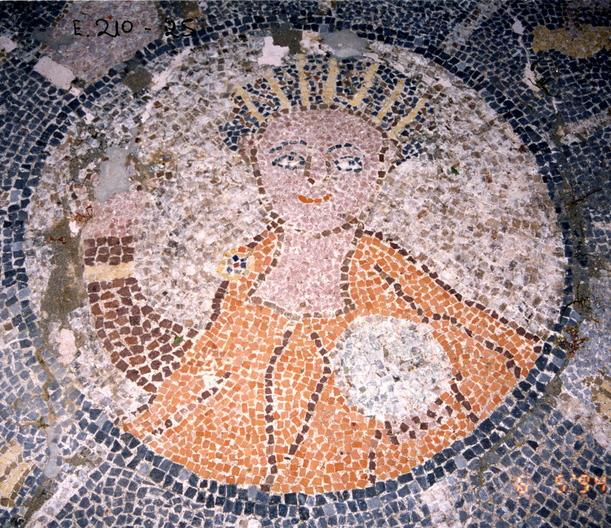
The Minister of Culture, Lina Mendoni, stated: “The geographical location of Astypalea, between the Cyclades and the Dodecanese, and its natural bays, which provide safe mooring, seem to have contributed decisively to its emergence as an important trading post in the Aegean region since ancient times, reaching its peak during the Roman and early Byzantine periods. The three monuments under restoration are characteristic architectural examples of the early Byzantine period on the island. The planned work on the early Christian monuments in Maltezana, which have not yet received the care they deserve, is absolutely necessary for their protection and preservation. At the same time, the restoration of the monuments and the creation of access and tour routes will highlight an important part of the island’s historical and archaeological character, which is unknown to the general public. The project to restore and promote the early Christian monuments of Astypalea is included in the Integrated Territorial Investment of the Small Islands of the Dodecanese, from which it is funded. On this occasion, I would like to warmly thank the Regional Governor of the South Aegean, George Hadjimarkos, for our always excellent and effective cooperation.”
Loutronas of Talaras
Loutronas of Talaras is located north of the port of Maltezana and was discovered during an Italian excavation. The foundations of a hall with an exquisite mosaic floor depicting the personification of time, the zodiac signs, the seasons, and the months have been preserved. A hearth, a well, cisterns, and a bathtub have also been preserved. The work at the Baths of Talaras includes the restoration and reinforcement of the monument’s protection, the creation of a natural hedge, excavation research prior to the construction of a drainage channel, and rainwater drainage works to protect the archaeological remains and mosaics. Information signs are being installed, accessible to people with mobility difficulties.
Basilica of Karekli
The Basilica of Karekli is located northeast of the port, very close to the sea. It is a three-aisled church with a narthex. The aisles are on different levels due to the slope of the ground. A wall protects the monument from sea erosion. The works include excavations around the monument for its uncovering and conservation, as well as cleaning and landscaping of the path connecting it to the Bisson monument, with the construction of a small wall and platform for safe access. There are also plans to replace the fencing, reinforce and maintain the protective walls around the monument, create a platform south of the basilica with a stone staircase, and install information signs and guidance signs for visitors.
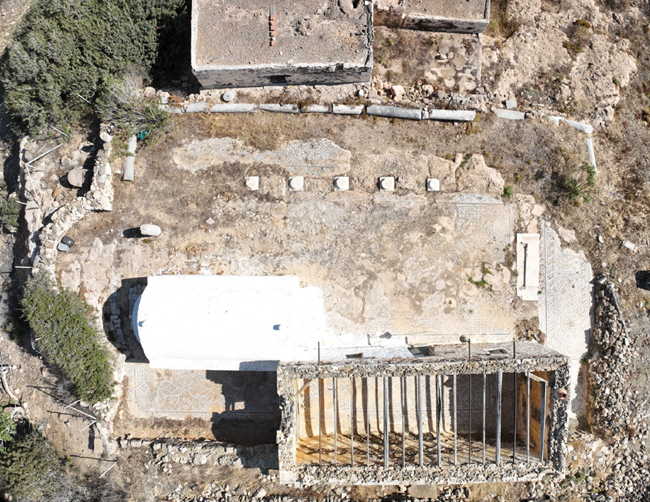
Basilica of Saint Barbara
The Basilica of Saint Barbara is located north of the port of Maltezana and is built on rocky ground. It has three aisles with mosaic floors in all three aisles and the narthex, marble thresholds, the foundations of the sanctuary arch, and the bases of the unfinished columns that separated the aisles of the church. Part of the central aisle is occupied by a chapel dedicated to Saint Barbara. The newer chapel and the farmhouse adjacent to the Basilica were built during the British occupation of the Dodecanese. Access to the site is via an uphill path that leads to the Basilica. The works for the protection, promotion, and beautification of the monument and its surroundings include replacing the makeshift entrance on the south side with a new metal gate and rebuilding the dry stone walls, with the entrance being replaced by a traditional wooden one.

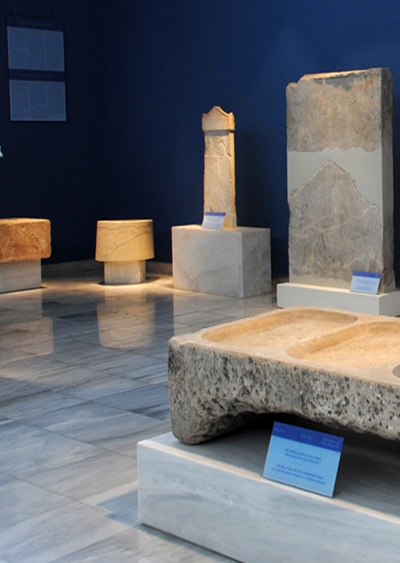
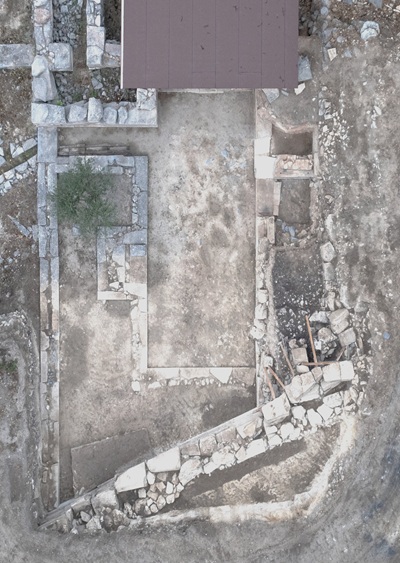
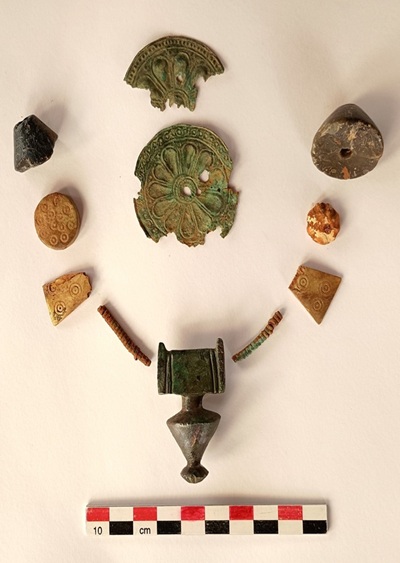
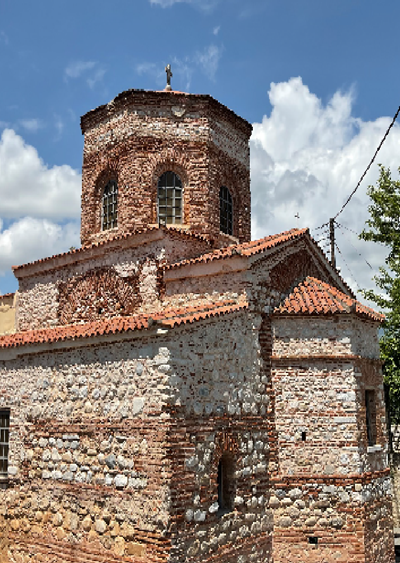


Leave A Comment